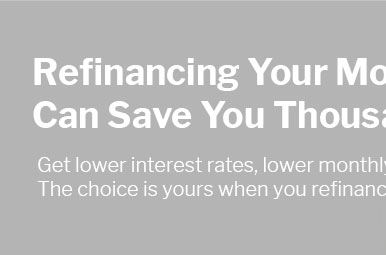 |
 |
 |
 |
 |
|---|
 |
 |
|
|---|---|---|
 |
 |
|
 |
 |
|
 |
 |
 |
 |
 |
 |
|
Unlock your financial future and seize the opportunity to supercharge your savings with our unbeatable 15-year refinance rates-experience the power of paying off your mortgage faster while slashing interest costs, building equity at lightning speed, and achieving the financial freedom you deserve, all while enjoying the peace of mind that comes with a trusted partner dedicated to your success.
https://www.pennymac.com/rates
Personalize your rate ; 15 Year Fixed. $3,130 - 5.500% ; 20 Year Fixed. $2,744 - 6.000% ; 30 Year Fixed. $2,297 - 6.000%. https://www.bankrate.com/mortgages/15-year-refinance-rates/
Today's national 15-year refinance rate trends. For today, Sunday, March 16, 2025, the national average 15-year fixed refinance interest rate is 6.00%, up ... https://www.americanfinancing.net/refi/refinancing-to-a-15-year-mortgage
They run the numbers and find that refinancing to a 15-year mortgage (while obtaining the same 4% rate and $300,000 loan amount) would increase your monthly ...
|
|---|